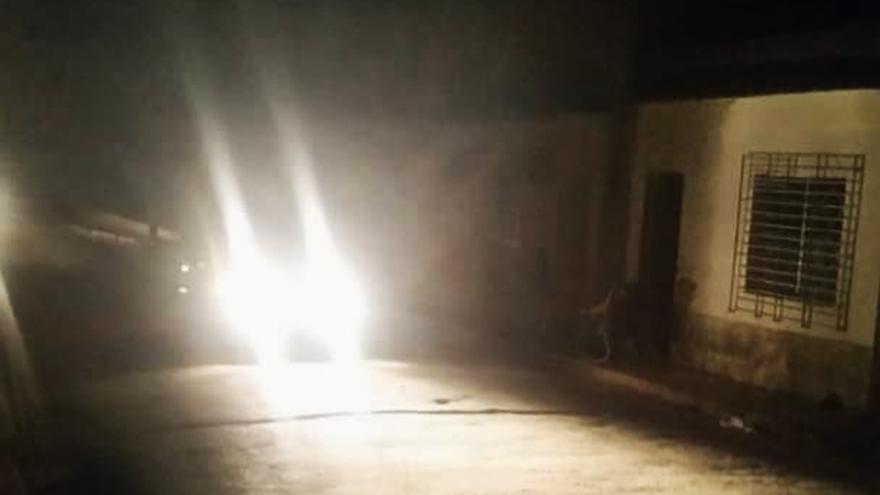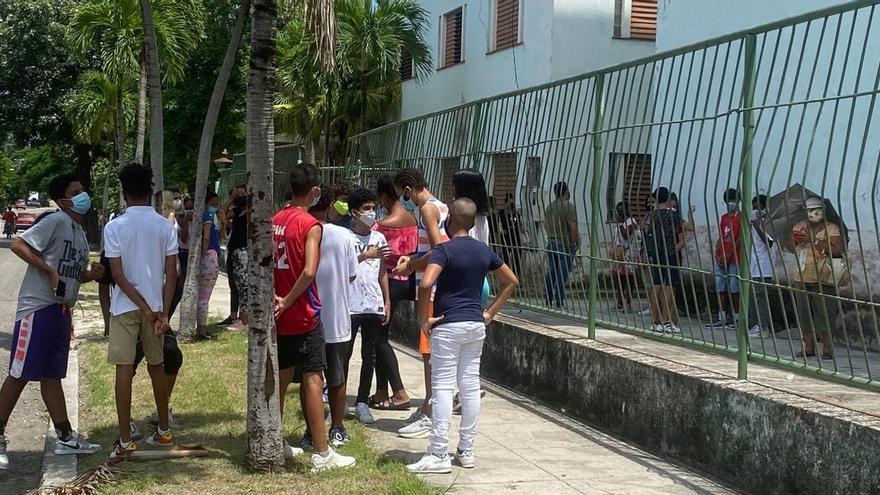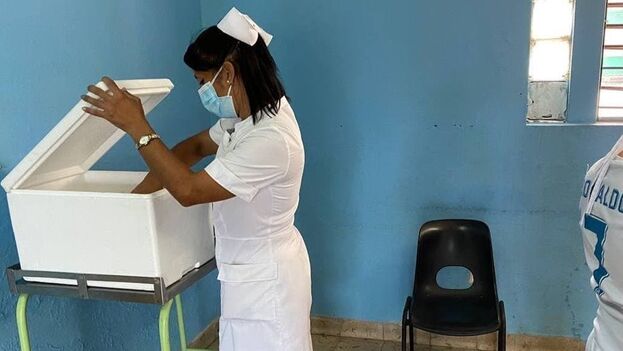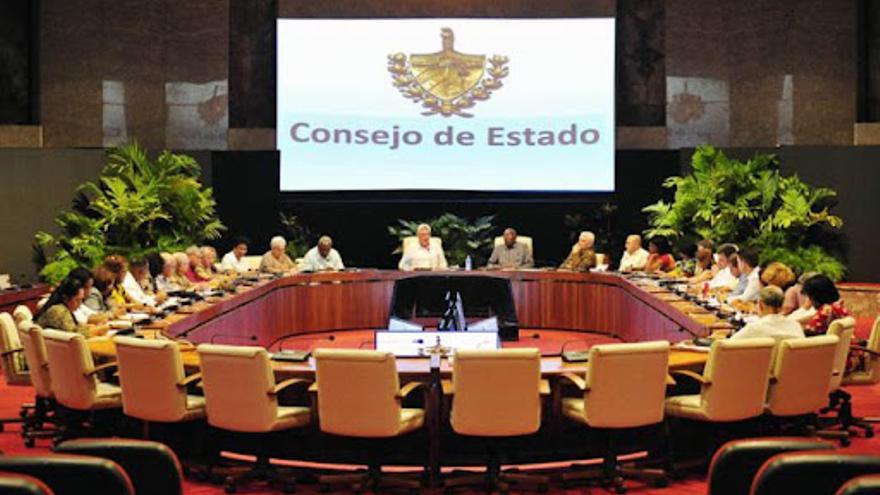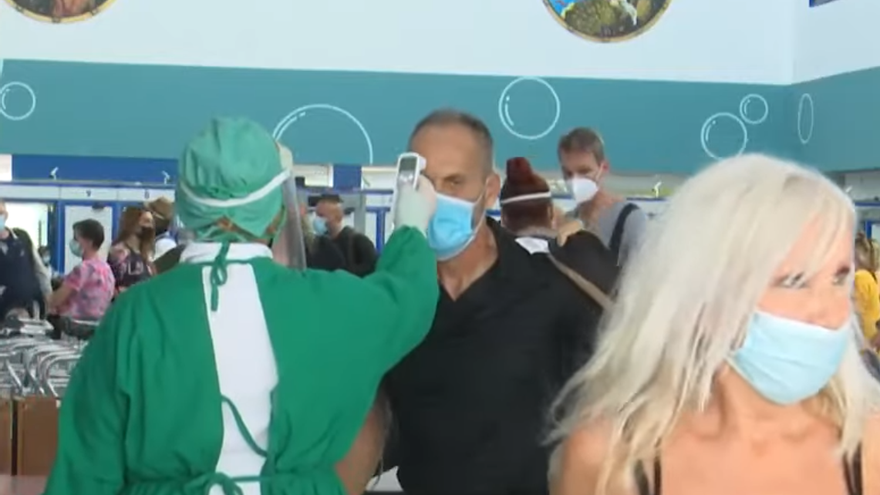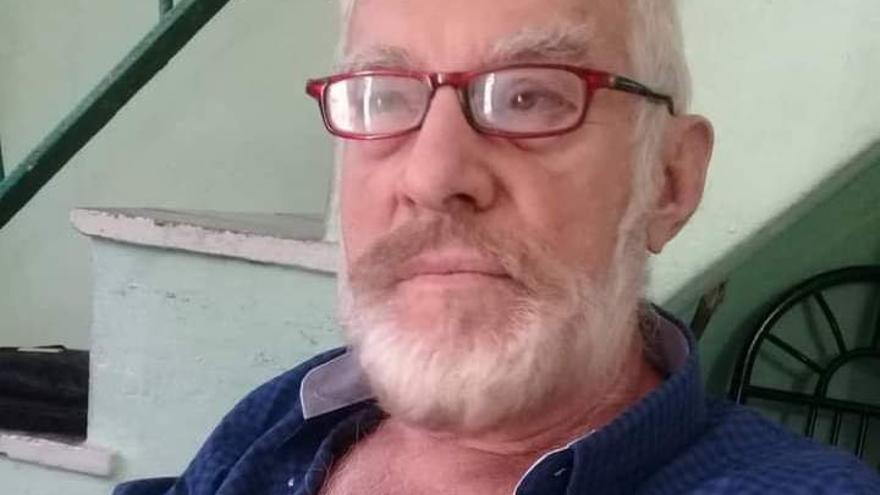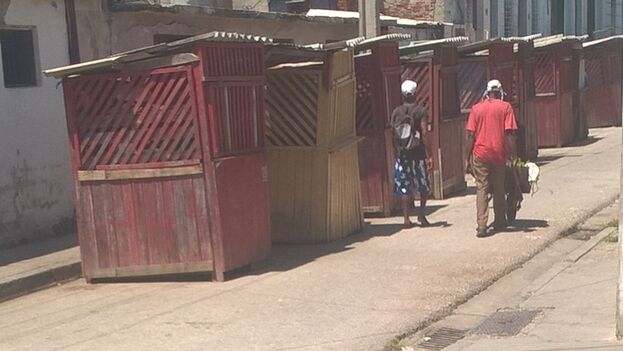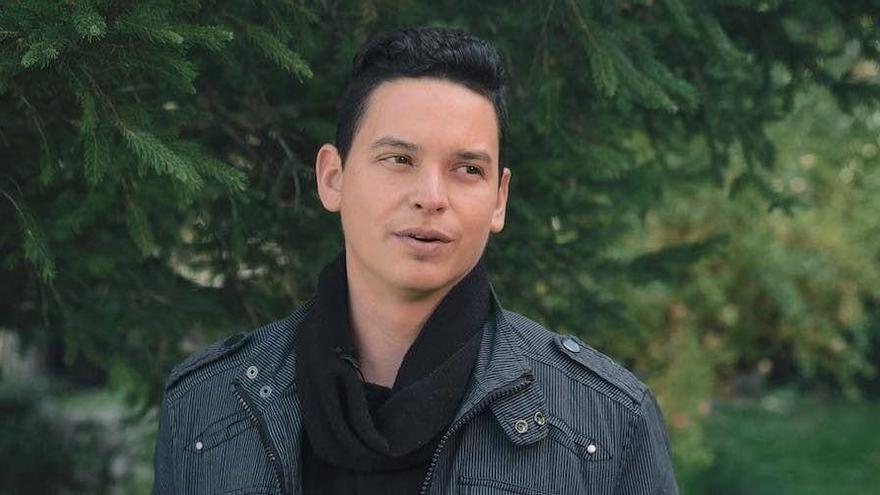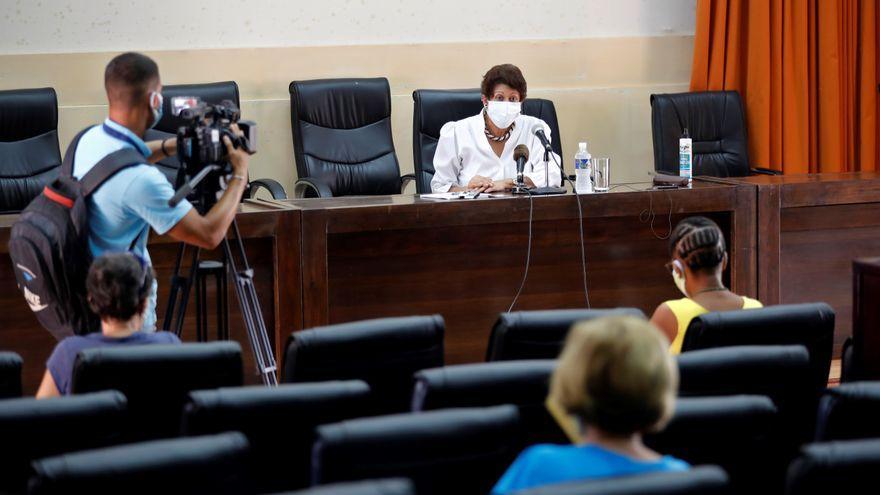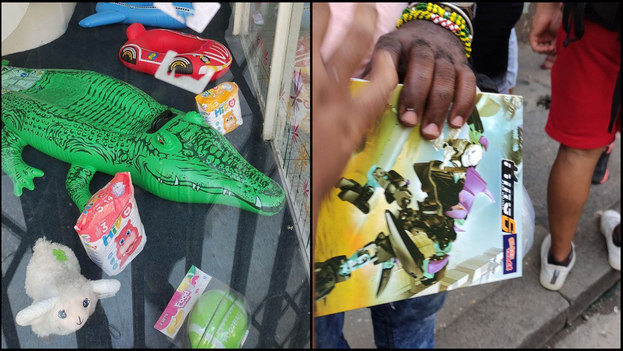Minister Juan Carlos García Granda indicated that tourism activity continues in three destinations (Cayo Coco, Varadero and Havana) and some tourism workers have joined the fight against the pandemic, both in isolation centers and in hotels prepared to house patients or those suspected of being infected.
In addition to the thousands of state workers who have not been able to be transferred to other sectors of activity and have been unable to work since the beginning of the pandemic, thousands of others from the private sector are experiencing personal dramas. In the case of private business owners, they have not even been entitled to subsidies, although their workers have.
“It must be said that non-state activity today constitutes a fortress of Cuba’s destiny. We must also inform them in advance, so that they can rescue their workforce continue reading
,” García Granda acknowledged.
The payments are not enough, not even for state workers covered by government aid but whose meager salaries were supplemented by the generous tips they received from tourists or, in many cases, what they managed to ’extract’ from their jobs and that calmed the moods.
In these circumstances, the authorities surprised people by taking the step of announcing last Monday the opening of tourism, now scheduled for November 15. It is not surprising that, given the financial suffocation and the malaise that is spreading throughout society, regardless of political positions, that this measure was taken. What is surprising is that it was made public at such a critical moment of the covid pandemic in the Island.
“The announcement (…) has not only aroused interest in the country, but also internationally,” says the official press this Friday. The reasons for astonishment, however, do not seem so linked to the desire to visit Cuba as to the astonishment caused by the news when the island is among the countries with the highest incidence of covid-19 in the world.
On the State TV Roundtable program this Thursday, the authorities wanted to make it clear that there are still two months to go to reach that stage and that throughout this time they aspire to reduce the numbers of infections, a task that seems impossible, according to the forecasts of Raúl Guinovart, dean of the Faculty of Mathematics and Computing at the University of Havana, who is responsible for forecasting the evolution of covid-19 for the government work team. On Tuesday, the expert postponed an improvement in infection rates until November. And that’s if nothing fails.
But the Minister of Tourism believes that this is just the time in which the return to normality should be prepared. “Tourism needs time in advance to communicate in what period the tourist activity is going to begin. The airlines require the conclusion of contracts, planning, permits and a lot of logistics,” he said.
According to García Granda, more than 75% of purchases in the tourism sector are made from national industries, which requires that these “prepare by November, not only to conclude contracts. And that, in 66 days, implies a great effort.”
The minister gave as examples tourism in other leading countries, such as Spain and France. All three have vaccinated a high percentage of the population (79% and 73% respectively) and have reopened their markets.
What the official did not specify is that both countries have prohibited tourist trips to a long list of destinations, including Cuba. The European Union keeps its borders open for recreational purposes only to a small group of countries that present favorable data on infections and, even so, requires documentation proving that travelers are vaccinated or have a negative PCR.
Cuba, the minister explained, is accelerating vaccinations and believes that it will be able to contain the numbers of infections from now on. “We have to start from the condition that all vaccination schemes state that we will reach more than 90% vaccination in the month of November. After this decision there is analysis, seriousness and responsibility,” he said.
Despite the vaccination of just over a third of the population with the complete Abdala or Sovereign schedule, the pandemic has not offered the Island a truce and the infections do not stop.
The Delta variant has complicated the situation worldwide because it is highly contagious, but many countries, which have been able to redirect the health collapse suffered in past waves, are in a better position to control infections that evolve unfavorably. It is the opposite case to that of Cuba, which is vaccinating just when its health system is weakened and is unable to stabilize the sick who are getting worse.
In any case, the prospect of tourists coming back gives hope to many Cubans who need tourism to eat, but it worries many others who consider it directly responsible for the serious situation that is currently being experienced.
After spending a relatively calm 2020 in relation to other countries, the partial reopening of borders, in November of last year, coincided with the increase in the pandemic, which since then has been exponential until reaching the peak of infections of over 9,000 new daily cases this summer. The minister wanted to reassure the population by insisting that the opening of borders does not imply a relaxation of the protocols, but rather a reinforcement.
However, the general director of Tourism Operations and Quality, María del Pilar Macías Rutes, when explaining the new protocols did not make any reference other than the “use of means of protection (masks and gloves), separation with physical means such as screens, disinfection for hands and surfaces and the wearing of the uniform only in hotel facilities,” which has given so few joys.
The official said that 45,000 workers in the sector are vaccinated and the process is now continuing in Guardalavaca (Holguín) and Trinidad.
Another of the protocols to which she referred has little novelty and a lot of flexibility: it deals with temperature taking and random diagnostic tests, only now, as already noted, a PCR test will not be required upon entry to the country.
“In the event that a client is positive, the protocols define that he/she moves to a hotel-hospital: a tourist facility authorized by the Mintur [Ministry of Tourism] and the Minsap [Ministry of Health] for isolation and medical care,” reports the official press in the middle of the announcement of Safe Tourism.
If strict measures during the previous opening could not prevent a wave of infections, it is unrealistic to think that better results will be obtained with more flexible controls.
____________
COLLABORATE WITH OUR WORK: The 14ymedio team is committed to practicing serious journalism that reflects Cuba’s reality in all its depth. Thank you for joining us on this long journey. We invite you to continue supporting us by becoming a member of 14ymedio now. Together we can continue transforming journalism in Cuba.
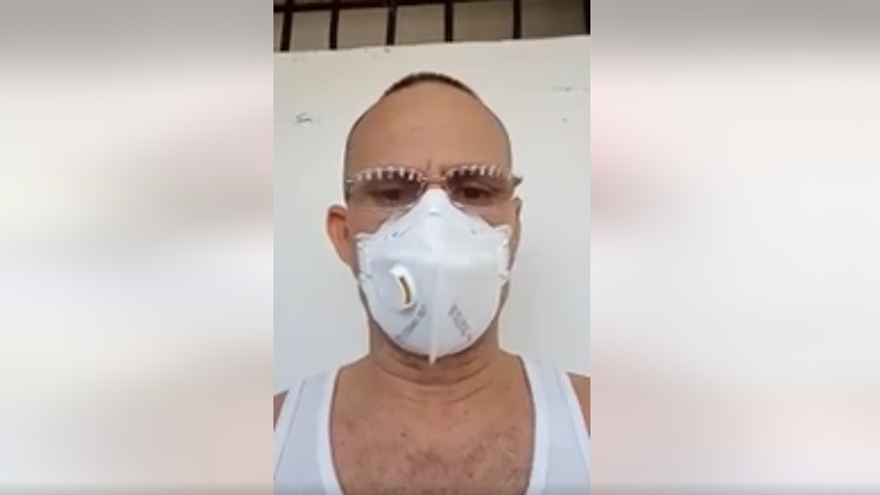
![]() 14ymedio, Havana 10 September 2021 — Cuban State Security circulated a video this Friday in which the regime opponent José Daniel Ferrer, arrested on July 11 (11J), appears, sending a few words to his family from prison.
14ymedio, Havana 10 September 2021 — Cuban State Security circulated a video this Friday in which the regime opponent José Daniel Ferrer, arrested on July 11 (11J), appears, sending a few words to his family from prison.
